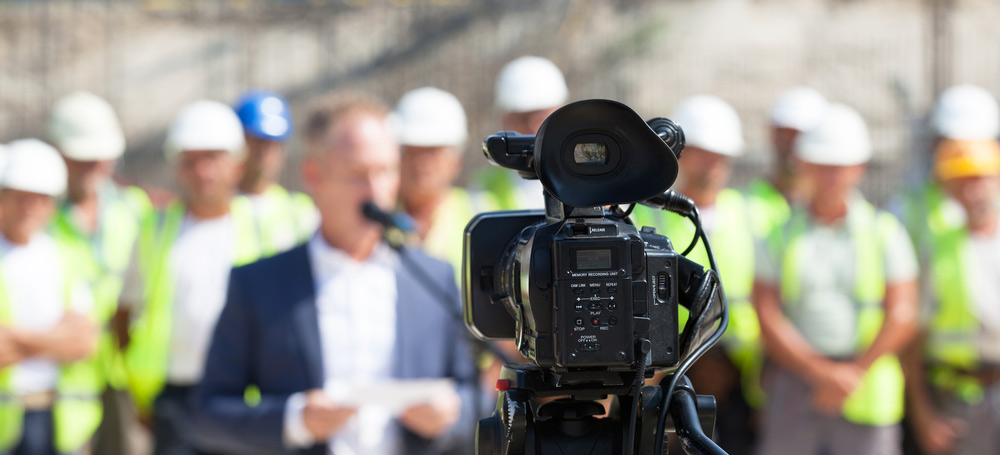
From the Desk of Darin Compton:
Workers Safety Standards Rooted in American Industrial History
Labor Day was established as a federal holiday in 1894 in honor of the American labor movement and the contributions and sacrifices it has made toward the strength, well-being and prosperity of our nation. I spent much of my Labor Day in The Sierra Nevada Mountains with a brief stop in the Gold Country at the sites of the Kennedy and Argonaut gold mines in Jackson, California. The two mines were closed in 1942, however their skeleton frameworks remain as a monument to the men who worked in the dangerous and little regulated mining industry of the late 19th and early 20th century. The Kennedy Mine was the deepest in the country at 5,912 feet, but the nearby Argonaut Mine was the site of one of the worst mining accidents in U.S. history. In 1922 forty-seven miners, mostly immigrants from Serbia, Spain, and Italy, were trapped 4,650 feet below ground when a fire broke out. Due to the effects of the fire and natural gas, none of the workers survived. Although it was determined the mine owners had violated safety standards, the owners escaped punishment; as the U.S. bureau of mines had little enforcement power. Fortunately, worker safety has dramatically improved through worker representation, making possible the safety standard and exposure reform of another serious hazard to construction and industrial workers health: the damaging respiratory effects of airborne crystalline silica, which were also detected, and brought to scrutiny in the mining industry.
The updated silica standard with revised worker exposure limits set to go into effect September 23, 2017 is long overdue. Silica has long been known for its debilitating effects that lead to silicosis. The 1927 Hawks Nest Tunnel Disaster brought the effects of silica exposure into the light. Workers digging a 3-mile-long water diversion tunnel unearthed a deposit of silica. The workers were asked to mine the mineral without masks or breathing apparatus even though management wore such equipment during inspections of the site. As a result of airborne silica exposure many of the workers developed silicosis and died; some within a year. The total number of deaths is thought to be between 476 and 1000 out of 3000 workers.
While there is a current Silica PEL (permissible exposure limit) in place, the current standard is not sufficient to protect construction workers. According to a CDC report issued under President Bush: “At the current permissible exposure limit, 100% of construction workers will get sick or die from silica-related illness over the course of a 40 year career.” OSHA believes the new exposure limits will save 600-700 lives per year. OSHA also estimates about 2 million construction workers are exposed to respirable crystalline silica in over 600,000 workplaces, and over 840,000 are exposed to silica levels that exceed the new PEL.
The new Silica Standard will go into effect on 9-23-17 despite delays by Fed-OSHA, Cal-OSHA, and a law suit by industry groups and the ABC (Associated Builders and Contractors) vs. OSHA and the DOL aiming to block the new Standard.
Although the mining industry brought the hazards of airborne silica to light, most construction trades are exposed at some level, especially in the concrete, masonry, sandblasting trades, union or not. Trade unions like our own International Union of Bricklayers and Allied Crafts have been at the fore front, representing all workers by lobbying politicians and increasing worker awareness in an attempt to limit permissible exposure levels and save workers lives. On September twenty-third, I hope we can all breathe a little easier.
For more information on OSHA Construction Silica Standards visit: https://www.osha.gov/Publications/OSHA3681.pdf
Live proud, there is no substitute for skilled labor.
Darin
